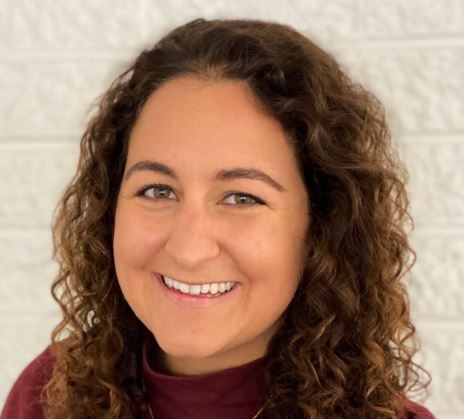Be warned that using firewood and charcoal stoves that emit toxic smoke inhaled by expectant mothers within enclosed spaces is a major cause of rising cleft lip cases.
A study presented at the ongoing Pan African Surgical Conference entitled, ‘The role of smoke from cooking indoors over an open flame and parental smoking on the risk of cleft lip and palate: A case- control study in 7 low-resource countries’ asserts that children whose mothers are exposed to wood stove smoke are 49 percent more likely to have a cleft lip.
“We conducted a population-sampled case-control study of children with cleft lip and/or palate and healthy newborns from Vietnam, Philippines, Honduras, Nicaragua, Morocco, Congo, and Madagascar and found that in five of seven countries, children had a cleft lip. No significant associations were found for any other smoke exposure,” it says.
Cleft is characterised as an embryologic failure of fusion of facial elements that normally develop into the lip and palate. Cleft lip with or without palate is one of the most common birth defects worldwide with approximately one in 700 live births has a cleft.
The study authored by Dr Allyn Auslander, associate vice president of research for Operation Smile, who is currently focused on identifying genetic and environmental risk factors for cleft lip and palate unique to individuals in the low-and-middle income says lack of access to surgery means millions are living untreated.
Dr Auslander adds that modifiable, patient-centric solutions, such as providing a clean-burning cookstove, will be critical for efforts to decrease the burden of cleft globally and
improve lives around the world
The situation is further worsened by shortage of surgical experts to handle the surgically treatable conditions that account for approximately one-third of all global diseases. The study notes that there is an urgent need for an additional 2.2 million surgical providers to meet the existing surgical need
In low-resource countries, biomass cooking fuel is used by approximately 80 percent of rural households and has been associated with a wide variety of diseases, including stillbirths. It is here that a high number of cleft lip sufferers is found as opposed to reported cleft lip cases in developed countries where other forms of heating solutions are in high use among them LPG-fired and electrical-powered cooking solutions.
The study recommends that low income populations adopt alternative cooking methods to reduce smoke inhalation.
“Prevention of surgically treatable birth defects is a necessary goal as provision of surgical treatment for all patients is unlikely – especially for diseases such as orofacial clefts that require complex multidisciplinary care,” it says.
The study,which promotes clean cooking methods, is the first to evaluate cooking practices as an environmental determinant of cleft in a population-recruited sample. The sample was made up from 4,000 children and their mothers collected on surgical missions conducted by Operation Smile.
“It is necessary to take risk factors specific to low resource settings into account, as those individuals are at the highest risk of being unable to access care and therefore live with the negative health consequences of disease. This information can inform public health interventions and education to potentially prevent disease in populations where care is sparse, and children are most likely to feel the detrimental, lifelong medical and social effects of cleft,”adds the study.
The Pan-African Surgical Conference (#PASC2025) convened by medical charity, Operation Smile and themed “Building Resilient and Sustainable Surgical Services in Africa: A Surgeon in Every District Hospital”, seeks to increase surgical access in Africa by strengthening local surgical workforces in individual countries and exploring context-specific solutions to the identified gaps in local surgical ecosystems.


